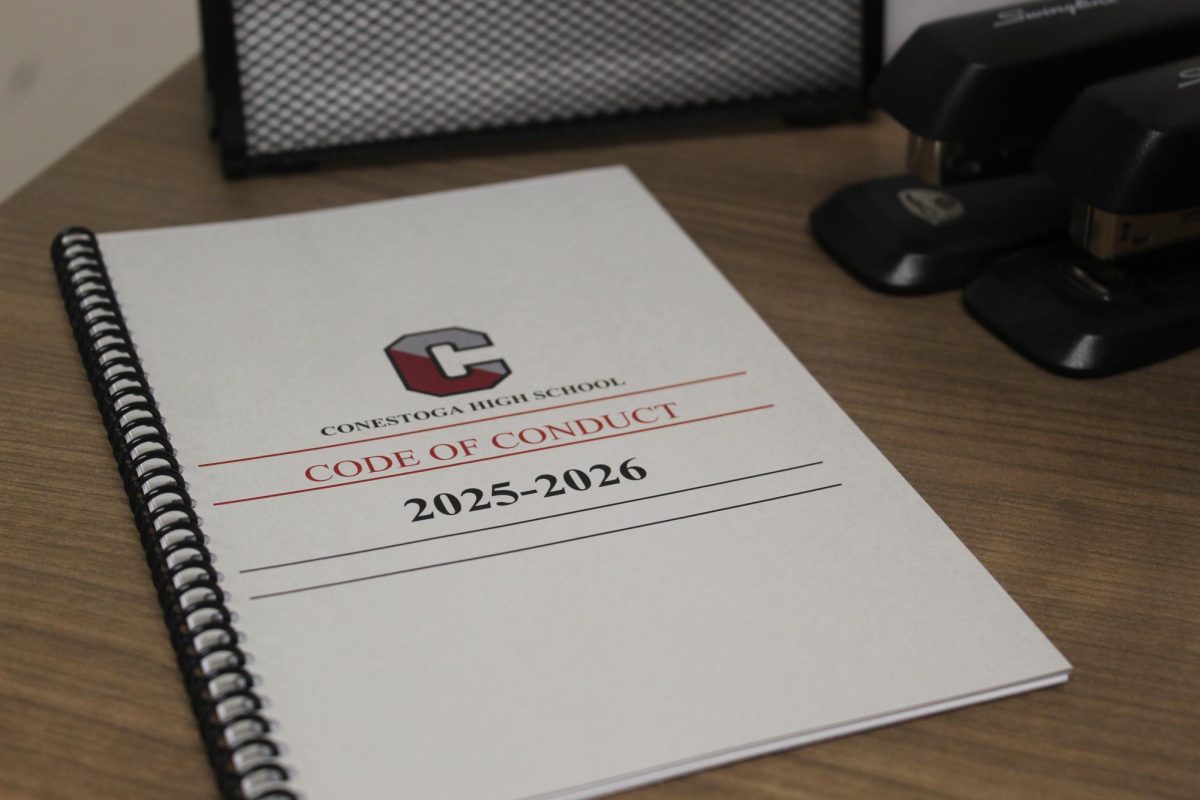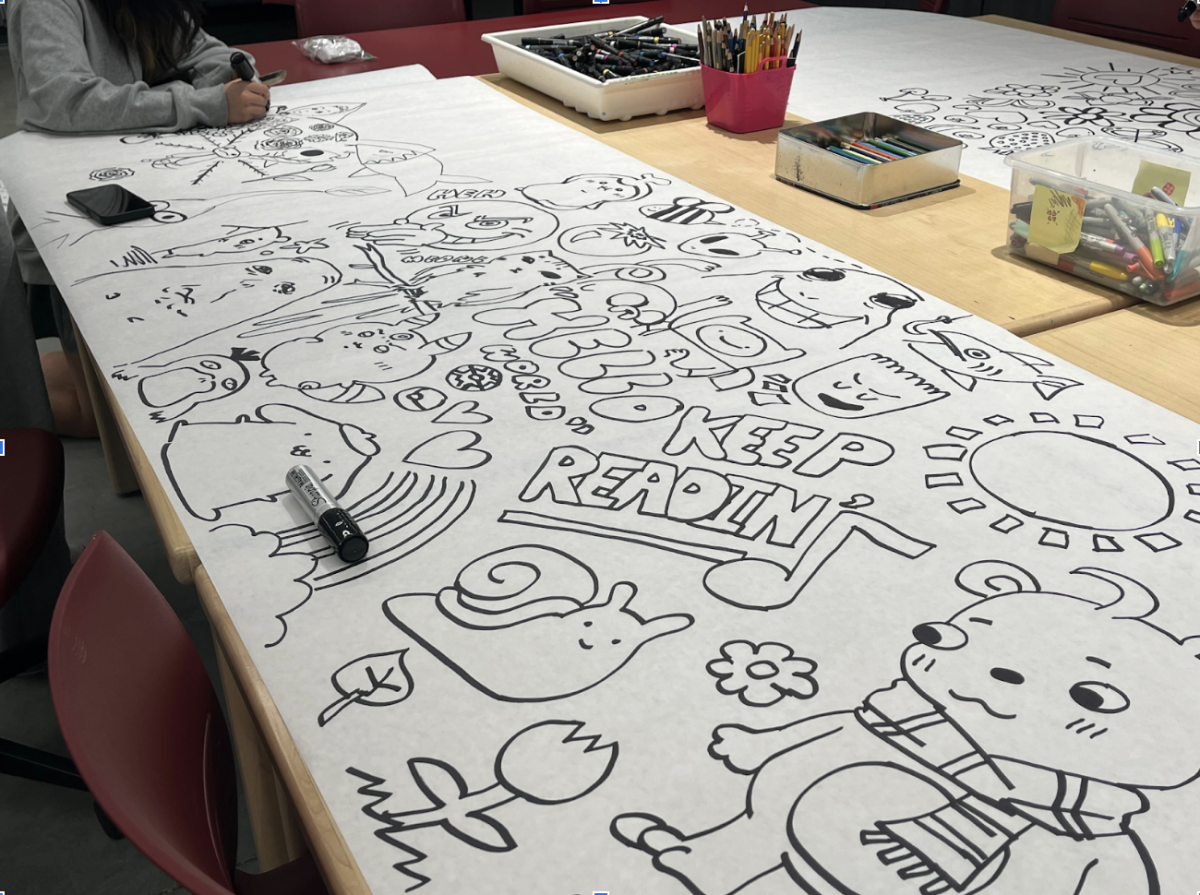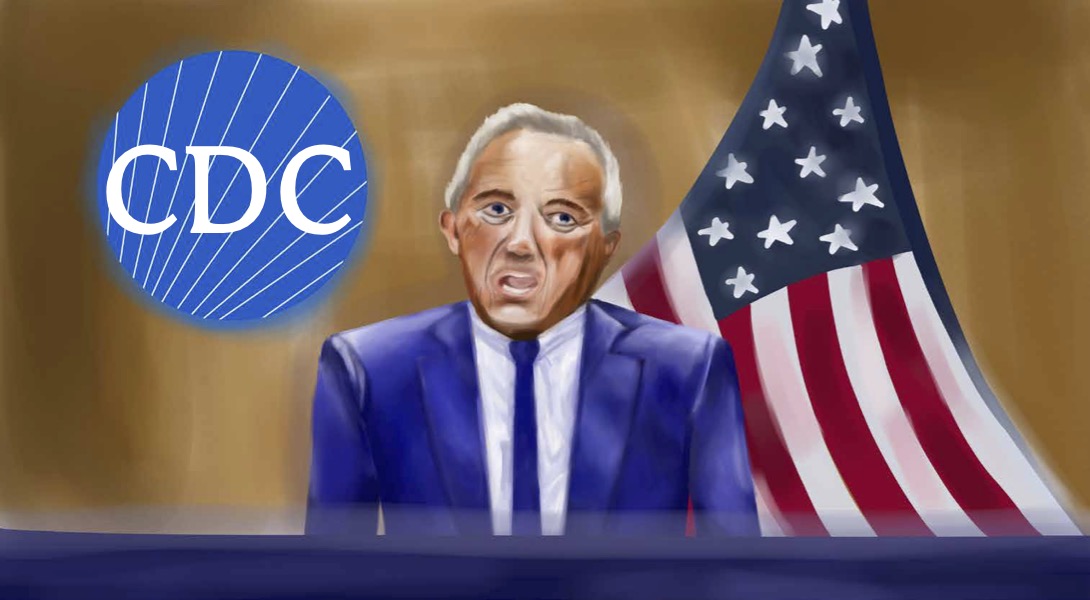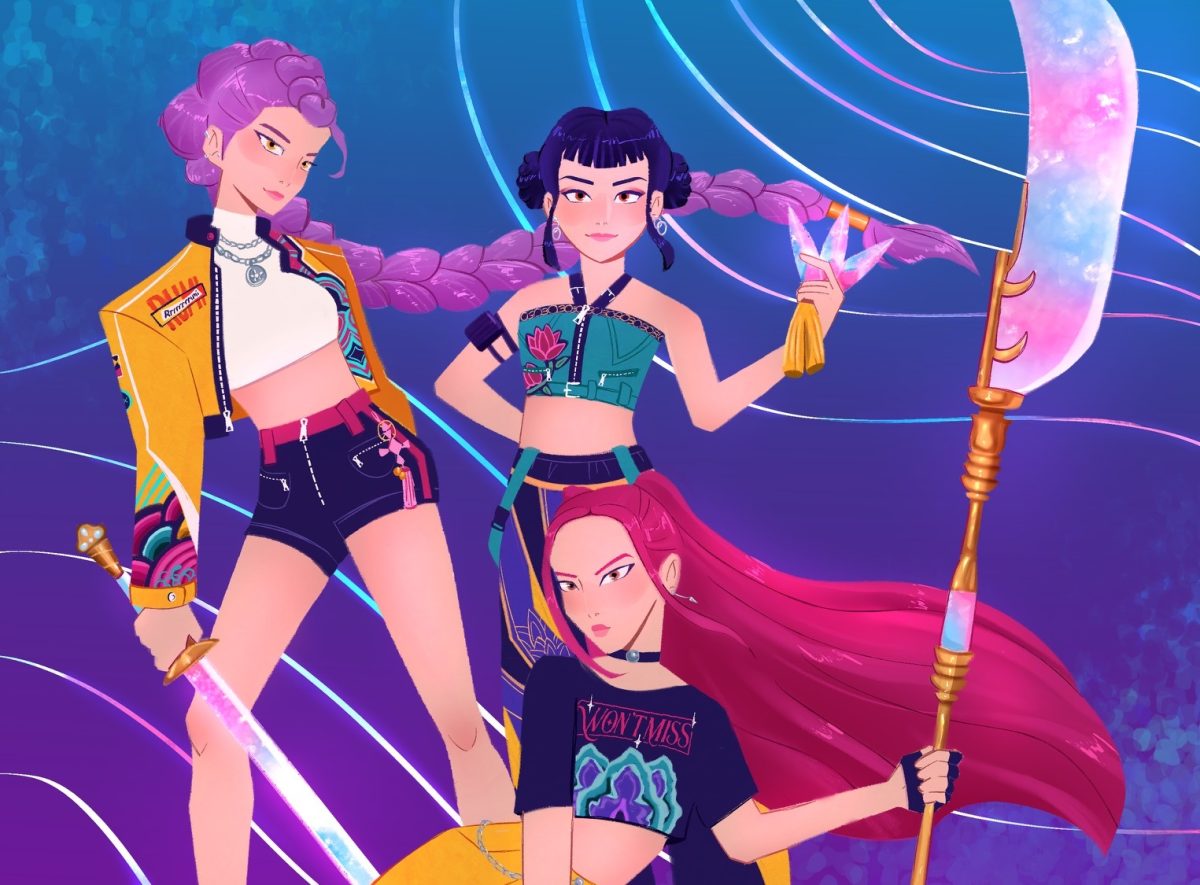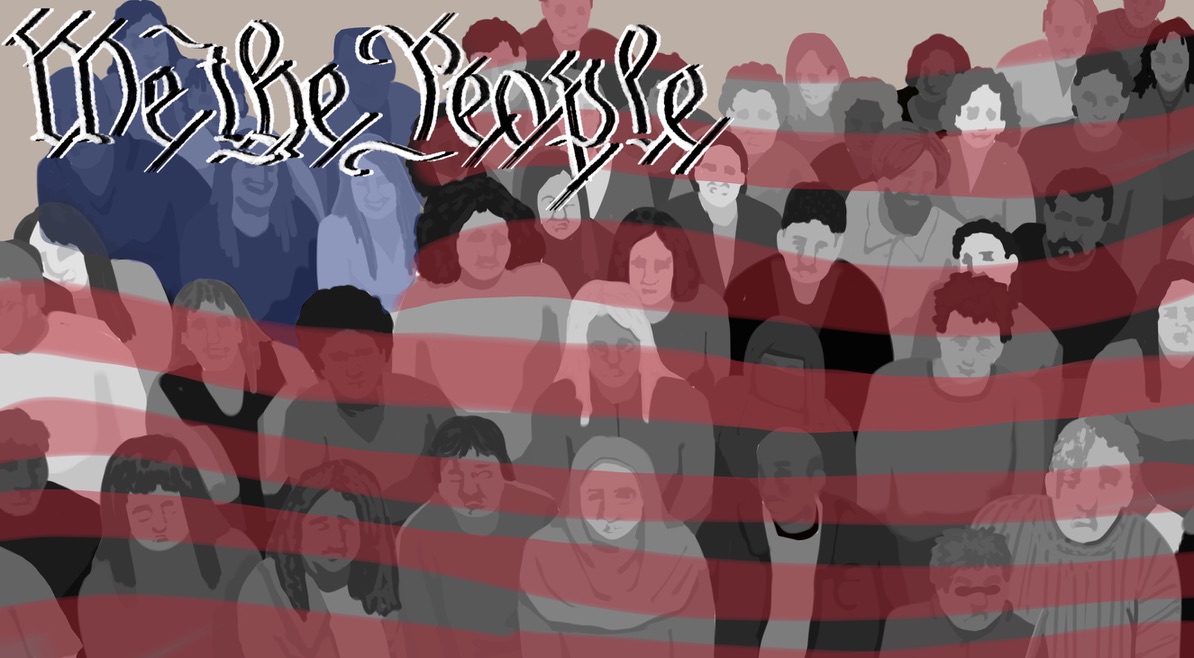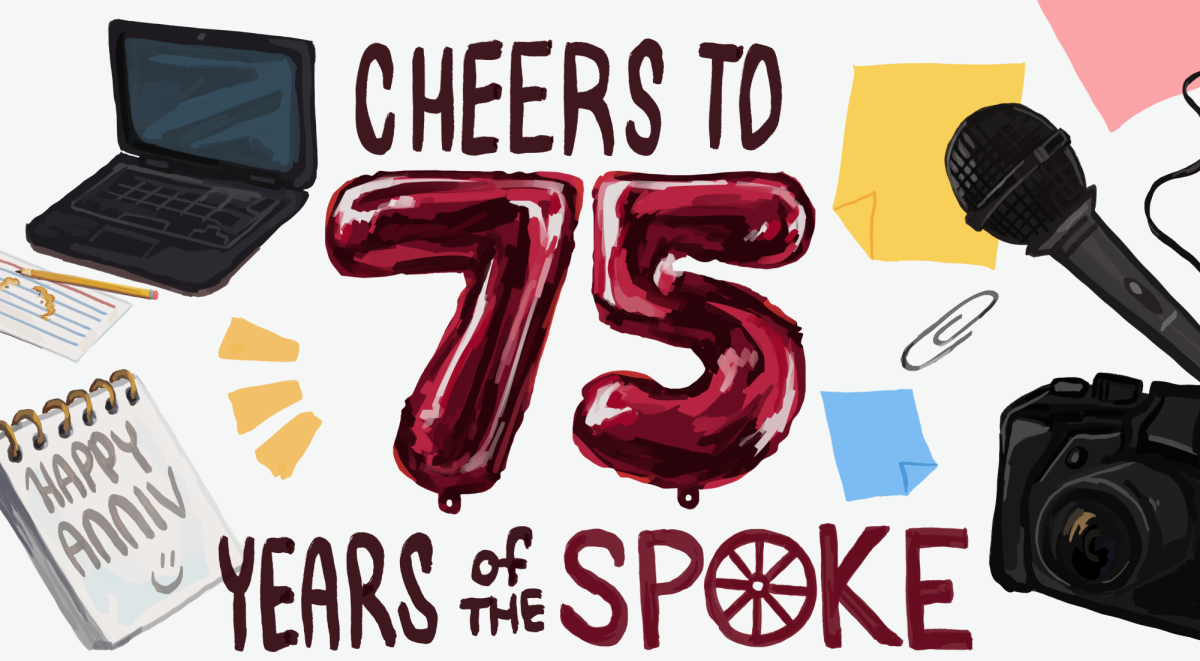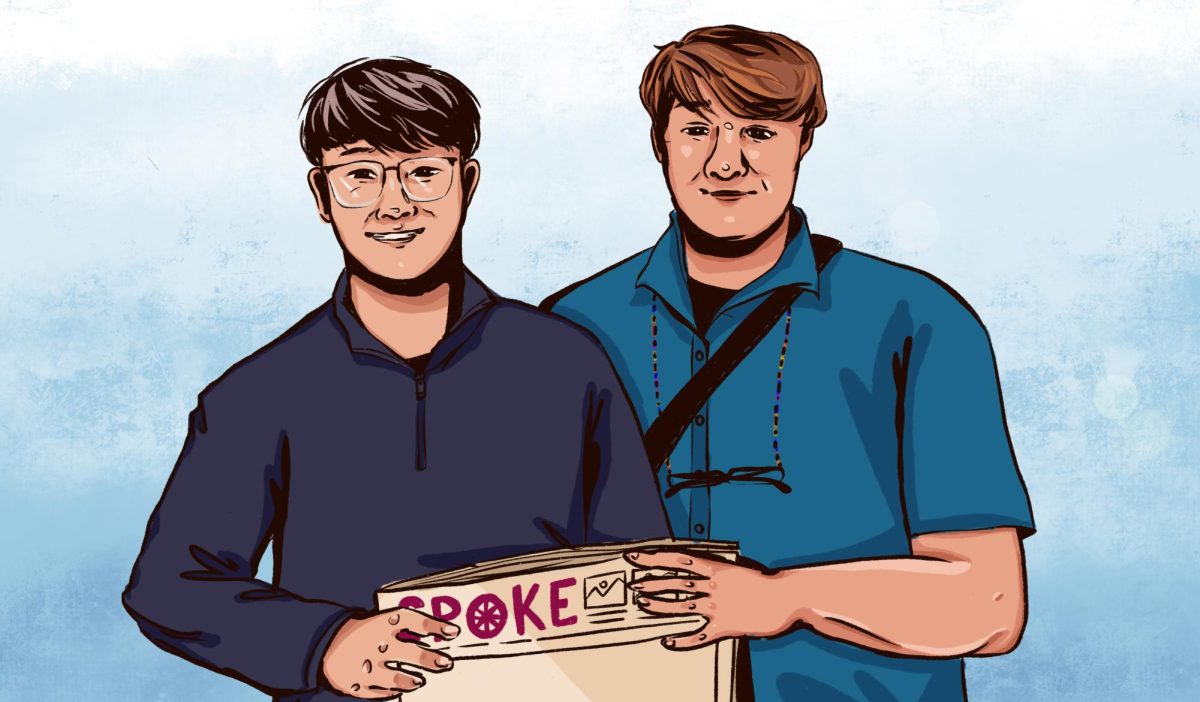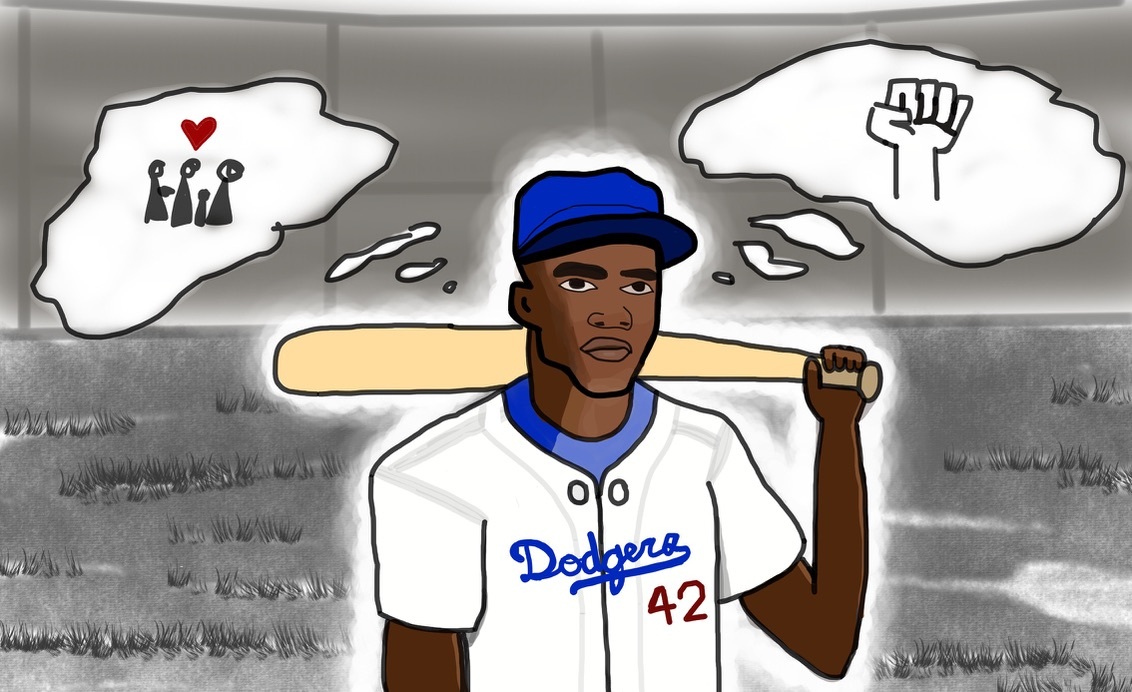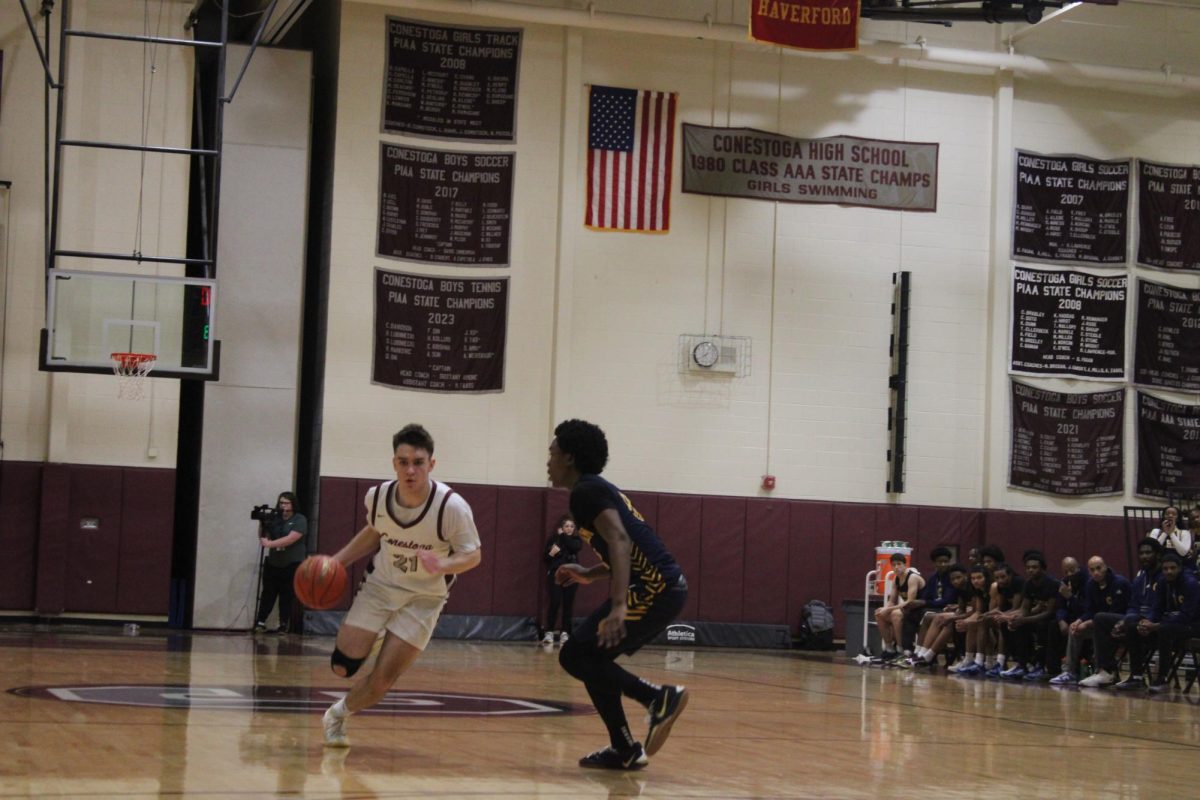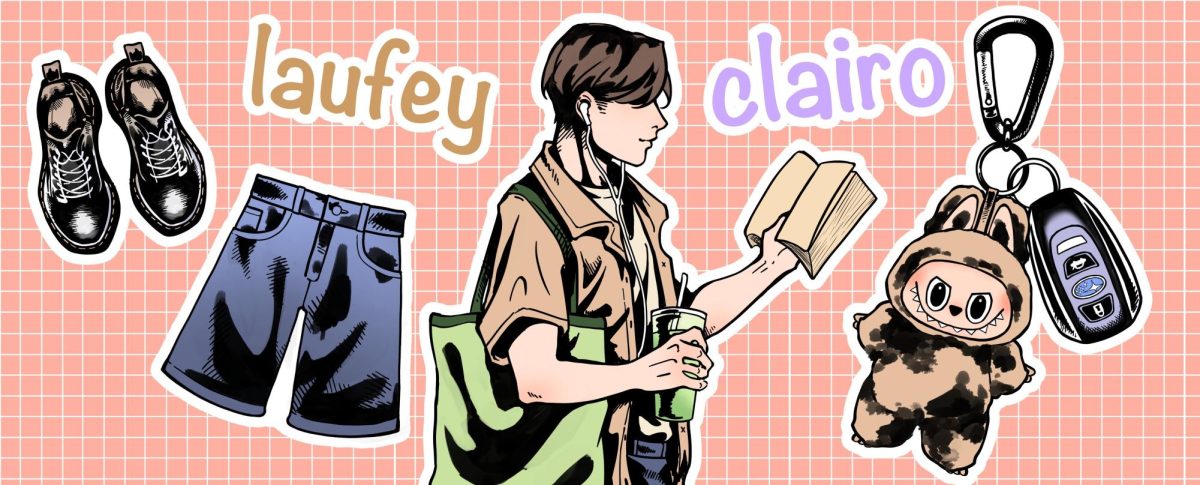Growing up, my favorite fictional characters were almost always the ones that were most like me: Yasmin from “Bratz,” Jasmine from the Disney princess films and Musa from “Winx Club.” I latched onto these characters because they either looked like me or had the same interests as me.
However, none of these characters were the same race as me. The first time I saw a South Indian girl on television was only last year when I watched “Never Have I Ever,” starring Maitreyi Ramakrishnan as Tamil high-schooler Devi Vishwakumar. While Vishwakumar made some choices I probably never would have considered in my life, the feeling of kinship to her character was tugging at me the whole time.
I had never seen a character who spoke the same language I did, who had the same traditions my family had or who wore the same clothes I did. I had never really thought about representation until that point. It struck me how significant it could truly be. What was not so nice was that it was the first Western show I had seen with South Indian representation, and it started airing in 2020.
Even with efforts to improve diversity, the film industry is sorely lacking. The majority of large on-camera roles still go to white men. In 2022 theatrical releases, only 22% of lead roles went to people of color, AP News reported.
Additionally, when shows or films cast people of color as characters who were originally white, the backlash the actors receive is unsettling.
The live-action adaptation of “The Little Mermaid” is one example. People were angered that Ariel would be played by Black actress Halle Bailey even though she would continue to have the iconic red hair of the Disney princess. The reactions to this casting only further prove the need for representation.
More recently, Black actress Leah Jeffries received backlash for playing Annabeth Chase, originally white and blonde, in the live-action show “Percy Jackson and the Olympians.” Rick Riordan, creator of the character, addressed the backlash, supporting Jeffries and saying she aligns with the initial intent of the series in an interview with Entertainment Weekly. Riordan wrote the original series and created Percy Jackson because he wanted to give his son a relatable character who loved Greek mythology and struggled with ADHD and dyslexia.
Diversity in film matters. Young children need to grow up seeing characters on screen that they can relate to. A lack of representation can lead to a lowered perception of self-worth, reports children’s charity Action for Children. We all want to see ourselves in the media and feel connected to characters that are celebrated as strong, brave or smart because it encourages us to be the same things. These characters can become inspiring role models or just people to relate to, so we feel less ostracized. Characters who were originally white being cast as people of color opens up a whole new world of possibilities for audiences.
Some argue that characters should remain white if they were in the source material because it stays true to the original. This is a narrow-minded view of the value of a character. It is so much more valuable to cast a character as someone that people across all backgrounds can look at and see themselves in. Casting a character as a person of color does not, by any means, take away from what that character represents.
The film industry needs to have more diversity so people are more represented in the media. Characters of color only enrich the media we watch because they provide people with the opportunity to truly see themselves.
Saktisri Gowrishankar can be reached at [email protected].

